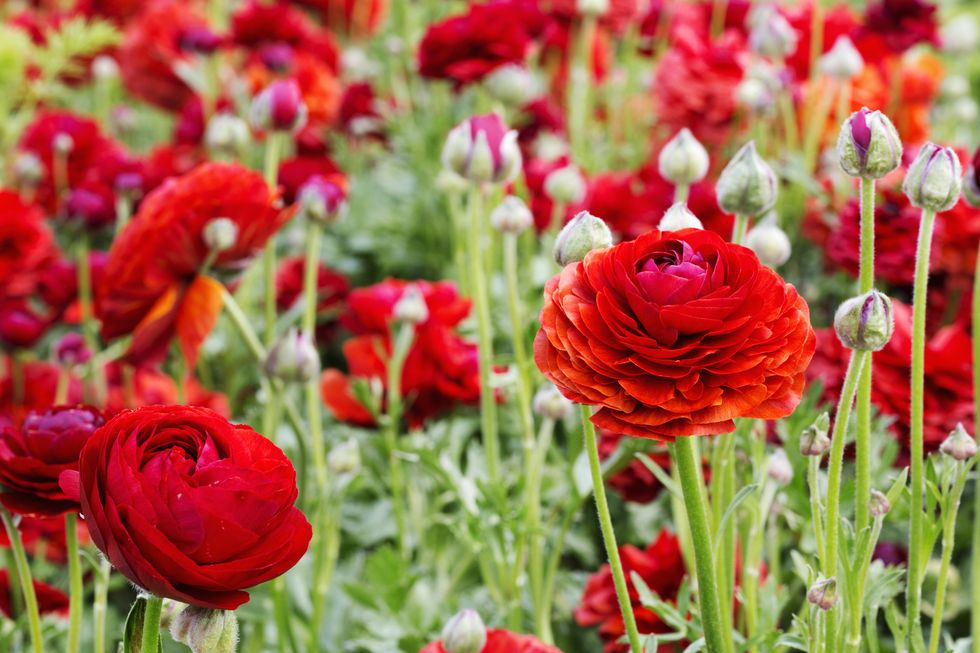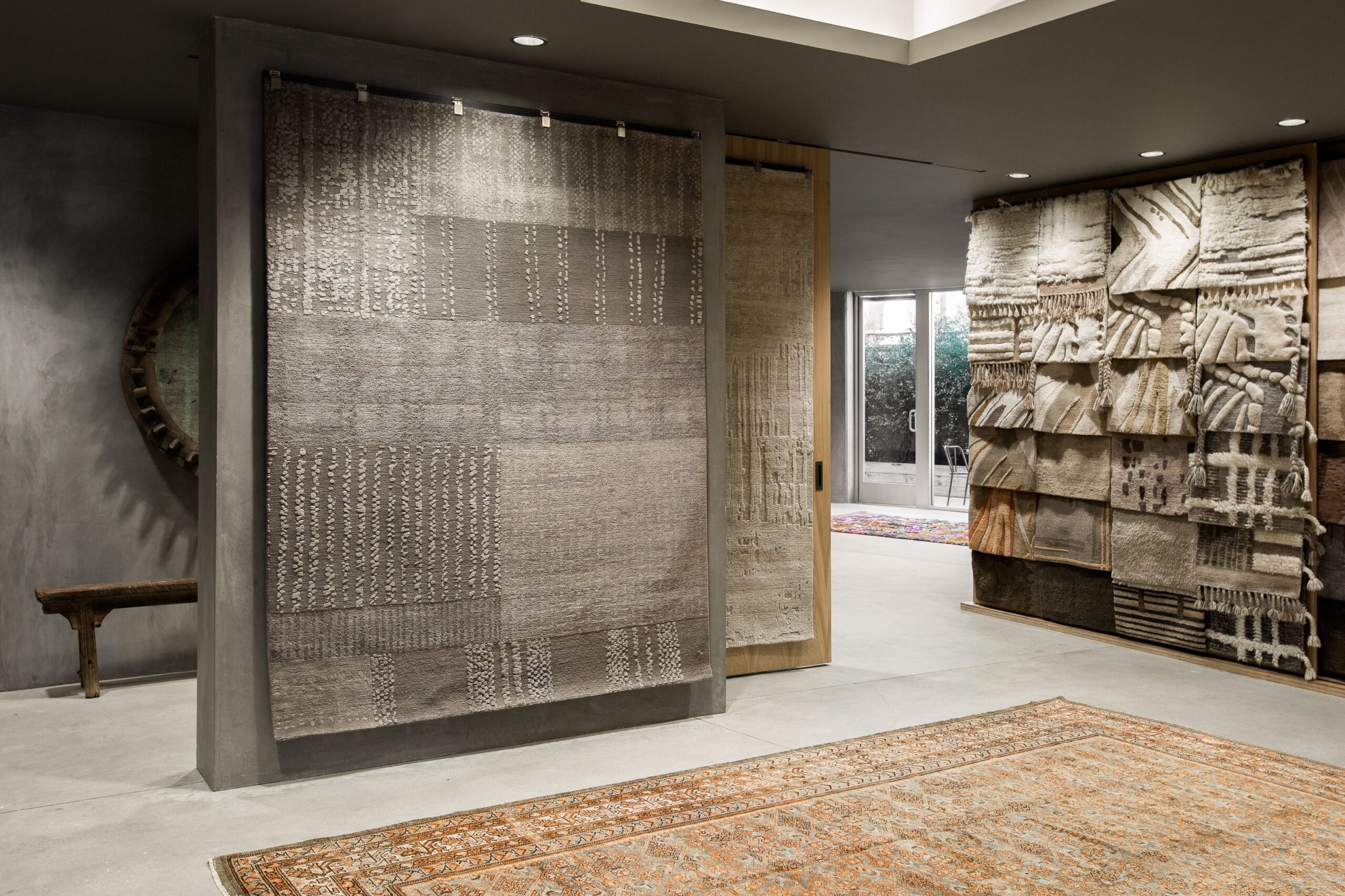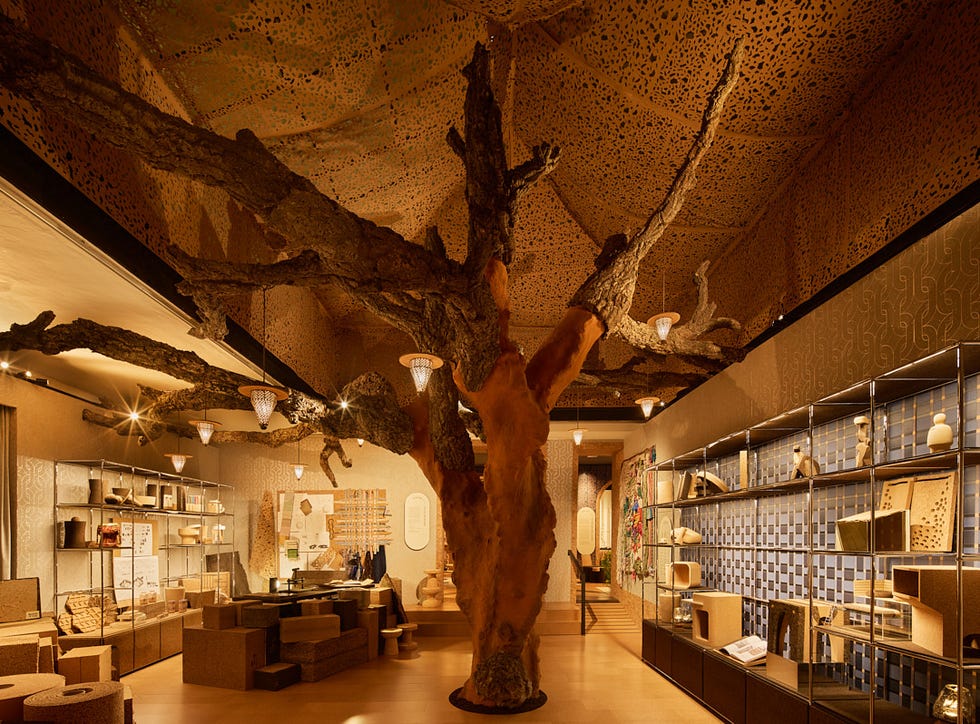The ranunculus needs no introduction—it’s really having a moment—and perhaps it’s about time. Often overshadowed by the peony mania we’ve seen in recent years, this petal-packed bloom has taken over Instagram feeds, bridal bouquets, and stylists’ backdrops. With its lush, layered petals and rich color range that looks straight out of a Dutch painting, you might assume it’s high-maintenance. But, the ranunculus is surprisingly growable—as long as you understand its quirks and give it a little premeditated TLC.
But before you go throwing some seeds into the dirt and crossing your fingers, there are a few things to know. For starters, you don’t grow ranunculus from seeds; Most gardeners start with corms, which are little claw-shaped tubers that look like dried-up octopus snacks. You soak them, plant them, and then wait. The key is timing, soil prep, and a bit of tough love when it comes to sunlight and watering. Oh, and they like a cool, temperate climate—not too hot, not too frosty.
Here’s the good news: with just a bit of effort up front, the ranunculus rewards you handsomely. Whether you’re growing them for armfuls of photo-ready stems or just one stunning pot by the front door, ranunculus can elevate your garden—and your mood. Ahead, everything you need to know to grow a ranunculus that rivals what you’d find at a Parisian flower market.
Where did the ranunculus come from?
Ranunculus, often called Persian buttercups, hail from Central and Southwestern Asia, the Mediterranean, and parts of Europe, according to plant database Gardenia. The name “ranunculus” comes from Latin, meaning “little frog,” likely because many wild varieties originally grew near water. Cultivated varieties, particularly Ranunculus asiaticus, were first domesticated in the Middle East and then refined in European gardens during the Renaissance. Over centuries, growers developed the lush, multi-petaled forms we know and love today.
What are the common problems ranunculus have?
Ranunculus may look like flawless floral angels, but they’re not immune to trouble. Their biggest enemies? Poor drainage and soggy soil, which can quickly lead to root rot. They also don’t like extreme heat and may sulk—or stop blooming—if temperatures climb too high. Watch for powdery mildew, aphids, and fungal leaf spots, especially in humid or overcrowded plantings. Planting corms too deep or too early can also lead to lackluster growth or failure to sprout. A little vigilance, good air circulation, and well-draining soil go a long way in keeping your ranunculus happy.
Do ranunculus come back every year?
Ranunculus are technically perennials, but they behave like annuals in many climates. In warm areas, they can return year after year if the corms are left in the ground and are kept dry during dormancy, Gardenia noted. In colder regions, however, they won’t survive freezing winters. Gardeners in those areas either treat them as annuals or dig up the corms after blooming, store them in a cool, dry place, and replant the following season. With the right care and climate, ranunculus can make a comeback year after year—but in most gardens, they’re a one-season wonder.
How do you plant a ranunculus?
Planting a ranunculus starts with corms—those little octopus-looking things that don’t exactly scream “glamorous bloom.” Soak them in water for a few hours (but not overnight!) to rehydrate before planting. Choose a spot with full sun and well-draining soil and then plant the corms with the “claws” facing down, about two inches deep and four to six inches apart. Don’t water them heavily until you see sprouts—ranunculus hate sitting in soggy soil. In cooler climates, plant them in late winter or early spring; in milder zones, fall planting is ideal. Give them a little patience and in return, you’ll get armfuls of flouncy blooms.
Do ranunculus like full sun or shade?
Ranunculus are sun lovers through and through. They thrive in full sun, ideally getting six or more hours of direct light a day, according to Gardenia. While they can tolerate a bit of afternoon shade in very hot climates, too little sun will result in fewer blooms and leggy, uninspired growth. These flowers are all about the drama, and they need sunlight to perform their best. If you’re growing them indoors or in containers, place them in your sunniest window or outdoor spot. The more sun they soak up, the more likely you are to get those lush, layered blooms you’re after.
Do ranunculus grow better in pots or in the ground?
Ranunculus can thrive both in pots and in the ground, depending on your space and climate. In the ground, they benefit from natural drainage and room to spread, making them ideal for garden beds and borders. But in colder regions, pots offer more flexibility—you can move them for optimal sun or bring them indoors before a frost. Just make sure containers have excellent drainage and are deep enough to accommodate the corms. Pots also let you control soil quality more precisely. So, whether you’re a patio gardener or a backyard pro, ranunculus are perfectly content in either home.
Are ranunculus toxic to pets?
Unfortunately, yes—ranunculus are toxic to pets, especially cats, dogs, and horses. The plant contains compounds called ranunculin and protoanemonin, which can cause drooling, vomiting, diarrhea, and skin irritation if ingested or even handled excessively. While most animals would have to eat a fair amount to experience serious effects, it’s best to keep these beauties out of reach. If you suspect your pet has nibbled on a ranunculus, contact your vet right away.
Rachel Silva is the associate digital editor at ELLE DECOR, where she covers all things design, architecture, and lifestyle. She also oversees the publication’s feature article coverage, and is, at any moment, knee-deep in an investigation on everything from the best spa gifts to the best faux florals on the internet right now. She has more than 16 years of experience in editorial, working as a photo assignment editor at Time and acting as the president of Women in Media in NYC. She went to Columbia Journalism School, and her work has been nominated for awards from ASME, the Society of Publication Designers, and World Press Photo.






